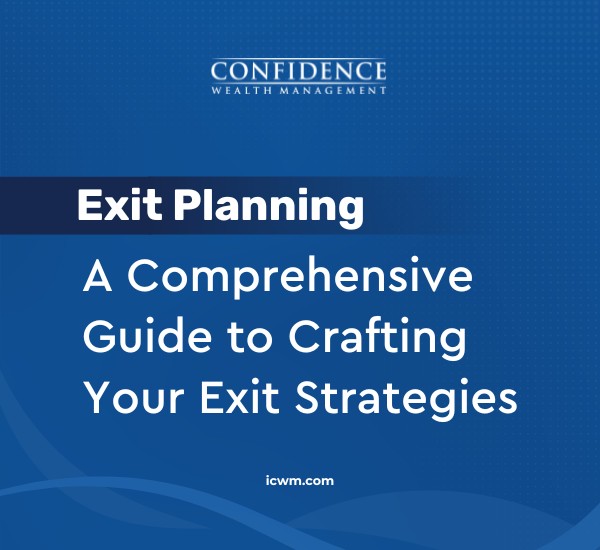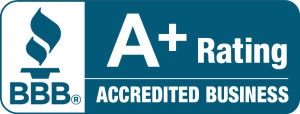So you’re ready to retire and enjoy your reward after years of work. Congratulations!
The good news is if you’re like many people, you’ve prepared for this moment by funding retirement accounts over your career so you can supplement your Social Security payments.
The bad news is taking money from those accounts in distributions is surprisingly complex, not well understood, and constantly changing.
There are many tax traps looming throughout your golden years. By looking ahead and planning now, you can prepare your path around these traps, maximize your income in retirement, provide for beneficiaries, and get the most from each distribution.
This guide will help you identify and maneuver around those traps. For your convenience and to enhance your understanding, we’ve broken it up into two parts.
In Part I, we will explore how to prepare for the pre-retirement phase. Let’s get started.
What is “Pre-Retirement?”
Pre-Retirement is the phase a decade or two before you plan to retire. While this depends on your particular plan and situation, we like to use your 40s and 50s as an estimate.
This is a time to take advantage of tax deferral opportunities where appropriate and begin your retirement planning with a focus on accumulation and managing taxes.
Here are the three main considerations in the pre-retirement phase:
- Make the best use of retirement investment vehicles through your employer.
- Maximize your investments in those vehicles to take advantage of compounding.
- Understand your tax situation before you retire so you can plan.
Create a Plan
That last point is often overlooked to the detriment of the retiree’s future.
It’s never too early to plan for future taxes. Doing so will allow you to make the most of your retirement distributions, and therefore give you more to live on.
To plan appropriately, sit down with your financial advisor and project the growth of your account balances. Consider the various account options (Traditional IRA, Roth IRA, etc.) and what your tax situation will be with each of them.
Start with the end in mind.
Roth IRAs and Roth Conversions
A Roth IRA conversion allows you to transfer pre-tax dollars from a traditional IRA (or 401(k)) directly to a Roth IRA account.
Anyone can do this regardless of income level. Taxes are paid on the converted dollars in the year of conversion, but the assets grow tax-free and qualified distributions are also tax-free.
An important consideration here is that there are no RMDs (Required Minimum Distributions) from a Roth. This keeps your income tax rates low and allows the account to grow tax-free for your lifetime and even for 10 years of a beneficiary’s lifetime.
Fund a Health Savings Account for Medical Expenses in Retirement
In preparation for medical costs in retirement, consider increasing your contributions to your HSA (health savings account).
These accounts enable tax-free spending on healthcare after age 65 and include a triple tax advantage: upfront tax deduction, tax-free growth, and tax-free withdrawals.
This triple advantage makes HSA accounts a top-notch way to save for retirement medical expenses.
You can use the money in an HSA for current health concerns if necessary, but we recommend letting it grow for the long term. You can withdraw the proceeds tax-free at age 65, making it akin to a Roth IRA for medical expenses.
To qualify for an HSA you must have a high-deductible health plan and no other health insurance. You’re also barred from funding an HSA if you’re enrolled in Medicare or can be considered a dependent on someone else’s tax return.
That makes the pre-retirement phase a key period to fund an HSA.
Don’t Ignore Your Long-Term Care Insurance
You may find that you can deduct long-term care premiums (LTCs) at the state and federal levels.
Also, policy payments for reimbursement of LTC expenses are tax-free, so take advantage.
Keep in mind that choosing where you take withdrawals for LTC costs can have a big impact on your accounts, so make sure you talk with a financial advisor to avoid complications.
Maximize Contributions to Retirement Plans to Compound
Your Investments
You’ve probably heard the adage “save early and often,” or some version of it.
Why is it an adage? An example will help you understand. If you invest just an extra $500 annually for 30 years at a 7% average annual rate of return, you’d yield about $47,000 in retirement savings.
So you see the power of compounding, but how should you choose from among all the dizzying retirement options?
Consider a three-step approach:
- Contribute to your 401(k) up to your company match.
- Fund your HSA to the maximum if you can.
- If you can afford it, contribute to your 401(k) until you max it out and include catch-up contributions. If you have anything left over, consider funding a Roth IRA.
Remember that some employment plans let you make additional 401(k) contributions up to $63,500, allowing you even more opportunities to grow funds tax-free that can lead to an expanded Roth nest egg in retirement.
Diversify
Consider tax diversification as a key goal during these years. That means splitting your savings across the following three accounts:
- Tax-deferred accounts such as 401(k)s and Traditional IRAs – You make pre-tax contributions and are taxed on withdrawals during retirement.
- Tax-free vehicles such as Roth 401(k)s, after-tax accounts, and Roth IRAs – You contribute after-tax dollars that you withdraw tax-free in retirement.
- Taxable accounts – You’re taxed on interest, dividends, and long-term holdings at the lower capital gains rate.
This kind of tax diversification gives you flexibility in how much you withdraw in retirement and from where.
If you plan to retire early, having diverse savings is essential because money can be withdrawn from some of these accounts without penalty and avoid your normal tax rate.
On to Part II
Your pre-retirement phase is a great time to lay the groundwork for an ideal retirement. If you’d like to learn more about how to plan for the later retirement phases, join us in Part II: Early, Mid, and Late Retirement.
If this seems complex it’s because it is. It can help to have someone knowledgeable to advise you on the best path forward.
As experienced financial professionals, we help clients like you figure out the best retirement plan for their situation, so that when they’re ready, they can retire gracefully with peace of mind.
Please connect with us and let us help you plan for your dream retirement. We would be delighted to go on the journey with you.










